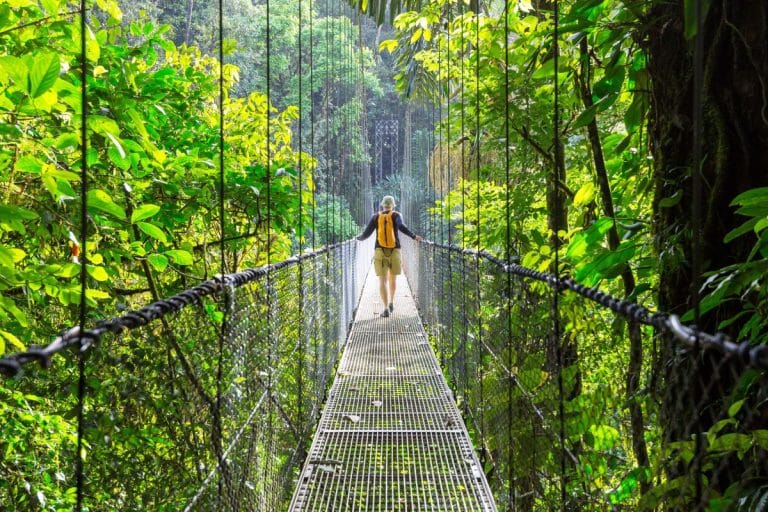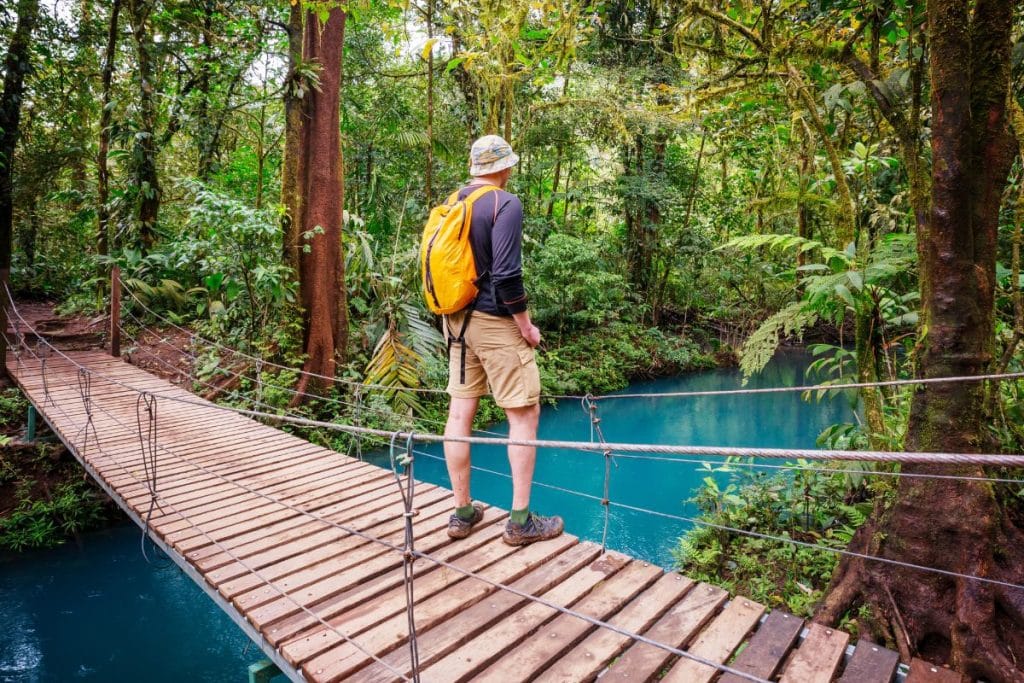Costa Rica, one of the greenest countries in the world, has long had a travel philosophy inseparable from the natural world that stands for ecotourism. Implementing sustainable concepts inspired by Costa Rica can help the tourism industry recover.
In Costa Rica, sustainability is not just an approach, but a way of life. Responsible tourism is practiced in all parts of the country, making it one of the most sustainable destinations in the Americas. This also applies to government policies, across all administrations.
Nature is the raw material for more extensive activity by travelers, so they must take care of it and not let it go to waste, said William Rodriguez, Costa Rica’s minister of tourism. “We have to respect.”
In a special interview with TravelPulse, Rodriguez stated that “the concept of conservation has two parts: one is to keep things as they are, and at the same time serve for research and conservation. And the other part is for enjoyment, without devastating.”
How? By dividing a region into a visitable part and the rest, and keeping the latter away from tourism. 7 percent of the park is open to the general public, while the remaining 93 percent is protected as a nature reserve.
“On average, our parks maintain between 4 and 5 percent of areas open to the public. The secret of growing green areas and offering sustainable tourism is to keep most of them closed and in their natural state.”
The minister talked about how Costa Rica, which has gone from 25 percent green space to 56 percent, has set an example of not deforesting, but reforesting.
Today, tourism accounts for 8.1% of the GDP of the Central American country, and the minister acknowledges that it contributes to social and economic progress in places where traditional industry has not yet been reached.
According to Rodriguez, Costa Rica’s sustainability efforts are centered on economic, social, and environmental considerations. “With those criteria, we have sold the country in terms of tourism, and we have been successful.”
“It is not the same thing to sell attractiveness, but the experience that we can generate to the foreign traveler and thus enrich their leisure or family trip,” he said.
In line with the Paris Agreement and the UN Sustainable Development Goals, Costa Rica has developed a comprehensive strategy to decarbonize its economy by 2050. The government believes that through these actions, other countries will follow its lead and reduce greenhouse gas emissions, which contribute significantly to climate change and its harmful effects. Sustainability is both feasible and profitable, as demonstrated by the success of Costa Rica, which has placed environmental issues at the center of its political and economic strategy. So if protecting the environment is your top priority, you should not go anywhere else.
Where to begin? With 6.5 percent of the world’s biodiversity, Costa Rica has it all. More than 230 species of mammals, 850 species of birds, and 12,000 species of plants can be found in this paradise that covers just over 51,000 square kilometers in size—slightly larger than Aragon. The traveler will also appreciate the beauty of the region’s breathtaking beaches, the average annual temperature of 20 to 27 degrees, and the application of a tourism strategy that supports the local economy and promotes the return of animal species to their natural habitat.



